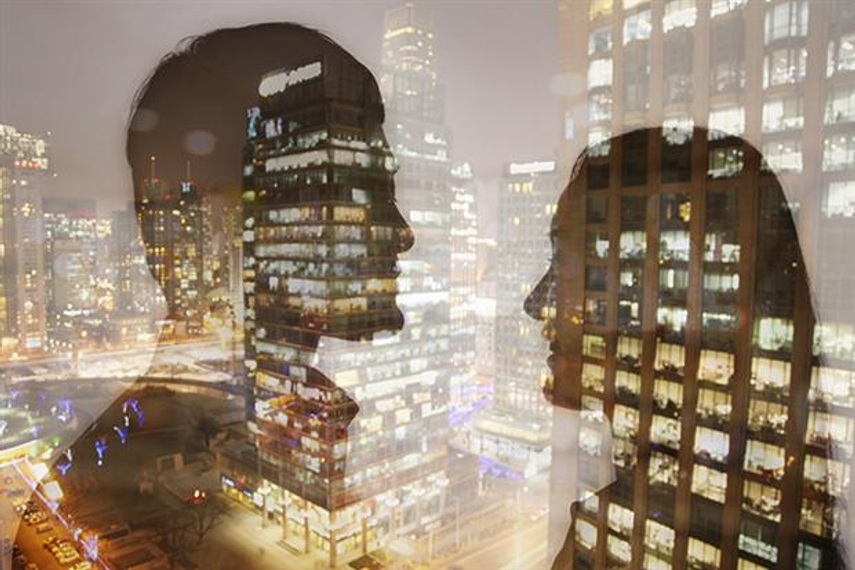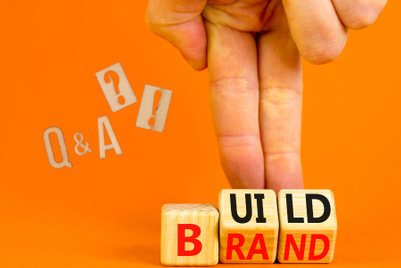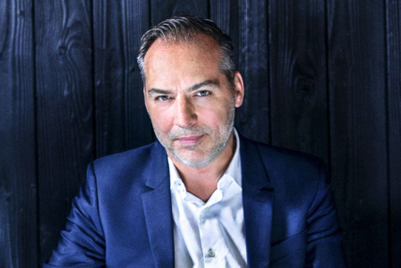
Along with the rise of megacities is the rise of equally mega developments. From East London to Guangzhou in China, huge faceless canyons of concrete and glass are springing up every year that dwarf what we are used to: a sense of human scale. City growth is of course a prerequisite of urban development, something that’s been going on for thousands of years. We can't stop it but how do we adapt to it?
The answer is to break these architectural jungles down into something that we can relate to. There is growing demand for a more profound sense of territorialism to our urban environments, a new age of tribalism if you like, and in order to meet that challenge we must create stronger and more distinctive regions, territories, places, districts, boroughs and landmarks.
The rate of city growth today means leaving it to organic progression, where it is driven largely by local citizens, is no longer realistic. A more robust, civic approach is required, with place branding principles at the heart.
Manageable segmentation
Place branding is of course nothing new. In fact, it’s an ancient art. The Old Quarter, Down Town, the High Street, the West End, the town square, the market place, Soho, Dumbo, NoMa: all are examples of how society breaks down the scale of a city into manageable, human entities by which we navigate our lives.
And developing these local brands can go far beyond simply giving them a new logo or slogan, although these can also be worthwhile. What really differentiates a place are the subtle urban details we notice as we walk along the streets: the benches we pass, the street lamps or directional signage.
Barcelona is capitalising on its growing brand strength, recently being named the world’s sixth most valuable city brand
Over time, these tangible elements become synonymous with a place and help to differentiate it. Branding can play a crucial role here too and, if done right, the design can blend with and ultimately enhance the organic character of a city borough.
Melbourne and Vancouver are perfect examples of cities adopting a robust strategy to creating stronger identities, drawing millions of tourists and fostering a sense of local pride for citizens. Both often feature in lists of the world’s most liveable cities.
And despite its relatively small size, Barcelona is also capitalising on its growing brand strength, recently being named the world’s sixth most valuable city brand. Part of Barcelona’s strength is the vibrant and distinctive identities of its districts, from the old charm of El Gotico (the Gothic Quarter) to the bohemian cool of Gracia.
Altering perceptions
Even the once infamous inner city district, El Raval, is managing to create a distinctive identity that encourages local pride. Barcelona City Council commissioned a campaign in 2011 to challenge negative perceptions of the neighbourhood and its high levels of crime and social deprivation.
The campaign included the addition of a new verb to the Spanish language, Ravalejar, to define the rough charm of the area. Instead of using bold colours or strong graphics, it simply featured the newly-created verb in the style of a dictionary definition and hung it in specially selected sites across the neighbourhood.
As urban growth continues to snowball, replicating what cities like Barcelona have achieved will be a defining challenge for society
The campaign sought to bolster El Raval’s identity by playing to the edgy attitude of the neighbourhood in a light and unpretentious way, enhancing the existing local character rather than reinventing it.
As urban growth continues to snowball, replicating what cities like Barcelona have achieved will be a defining challenge for society. There’s a danger that mega metropolises will foster a generation increasingly alienated by their living and working environments.
As a result, there will be growing demand for cities to provide a greater sense of belonging and place. When it comes to defining our urban environments, branding proves itself as much more than just a marketing tool; it’s a human requirement to create scalable entities to relate to and navigate by. If not, what do we have? Google maps and concrete canyons.
The author Peter Knapp is global creative officer at Landor Associates.
The article first appeared on Marketing Magazine UK



.jpg&h=334&w=500&q=100&v=20250320&c=1)
.jpg&h=334&w=500&q=100&v=20250320&c=1)
.jpg&h=334&w=500&q=100&v=20250320&c=1)

.jpg&h=334&w=500&q=100&v=20250320&c=1)











.png&h=268&w=401&q=100&v=20250320&c=1)
